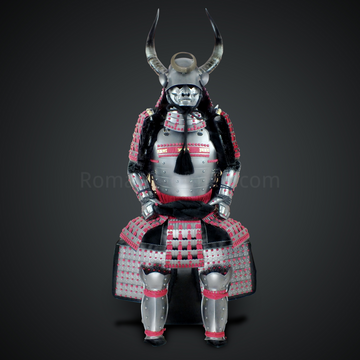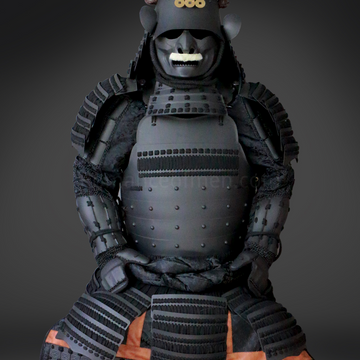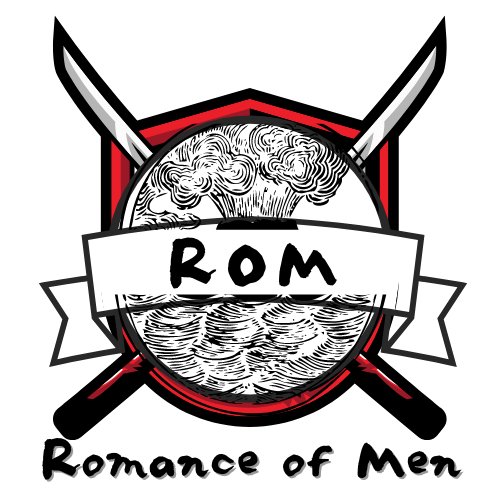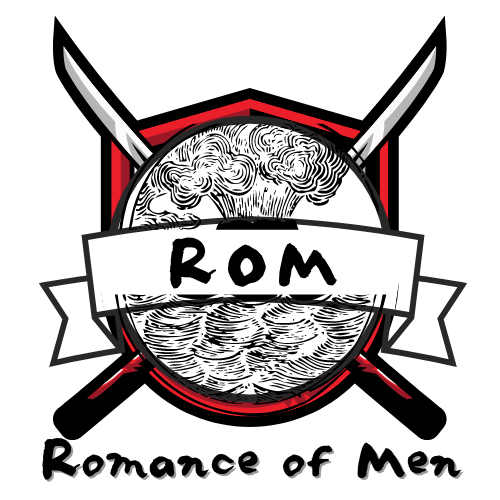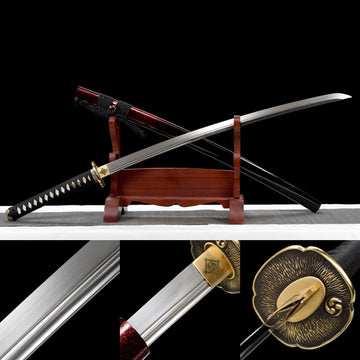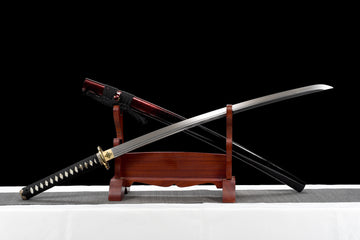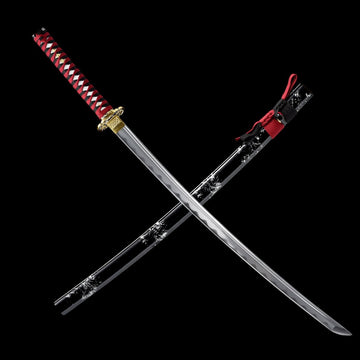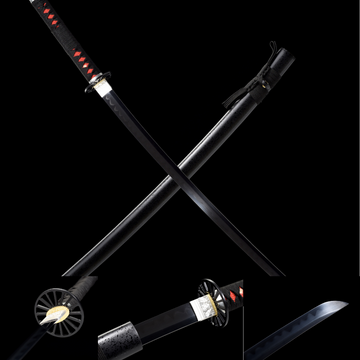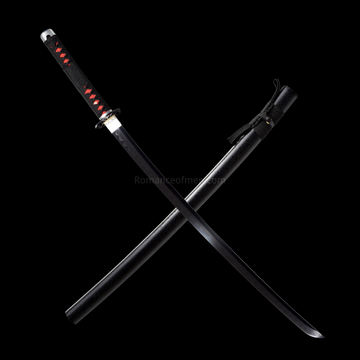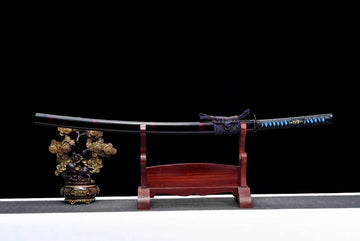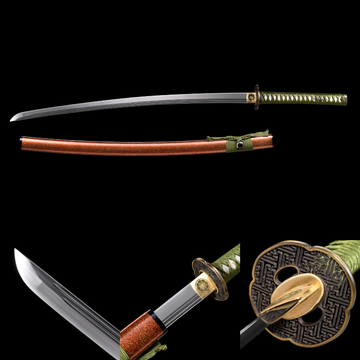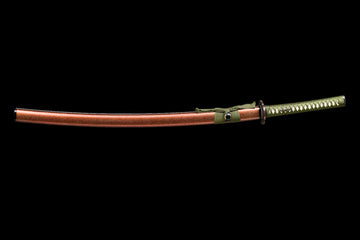Japanese Dagger: Everything you need to know
Table of Content
What is Japanese dagger

The dagger is called "tanto" 短刀 in Japanese, meaning "short sword." In ancient Japan, it was considered a type of katana because it was also made from tamahagane and forged using traditional methods. It was mainly used by samurai as a backup weapon for close combat and was also used in the modern Japanese military.
Traditional Japanese Dagger
The earliest form of the Japanese dagger was called "koshigatana" (腰刀), meaning "waist sword." The term "tanto" came into use later and has remained in use ever since. Traditionally, the blade length of a Japanese dagger ranges from 6 inches (15 cm) to 12 inches (30 cm). Compared to a katana or wakizashi, the tantō typically has a much smaller tsuba (guard), or none at all—especially in styles like the aikuchi (合口).

The traditional Japanese dagger was used on the battlefield primarily to target the gaps in samurai armor. While samurai armor provided strong protection against slashing or cutting attacks from weapons like the katana or nagamaki, it needed to remain flexible, which left vulnerable areas—such as under the armpits or behind the thighs. The Japanese dagger was designed to exploit these weaknesses through stabbing techniques. There is even a specific type of dagger called "yoroidōshi" (鎧通し), which literally means "armor piercer," made specifically for penetrating armor.
Due to its compact size, the Japanese dagger was also widely used by women for self-defense and martial arts. Japanese women traditionally practiced with the naginata, and daughters born into samurai families would carry a small dagger tucked inside their kimono when going out in public. This practice reflected their resolve as women of the samurai class—"to protect oneself with one’s own hands." The dagger also served as a last resort for suicide in situations where preserving one’s honor was essential. Elements of this tradition continue to be remembered and respected today.

Japanese daggers were also used as gifts—for newborns, brides (as mentioned earlier), and at funerals—because tanto are seen as symbols of grace, strength, and propriety.
Modern Japanese Dagger
On the battlefields of the World War II, although hand-to-hand combat had become rare, dagger is still important. They were not only used in close-quarters fighting but also served as reliable tools in outdoor environments, or as symbols of honor.
In modern Japanese military forces, bayonets—designed to be mounted on rifles—were more commonly used than daggers. Nonetheless, there were still a few notable examples of modern Japanese daggers. Below are two representative models.
海軍士官短剣

The Navy Officer’s Dagger, officially adopted by the Imperial Japanese Navy in 1883, was both a functional weapon and a symbol of prestige. It featured a lacquered and polished ray skin scabbard (saya), a handle (tsuka) wrapped in gold wire over ray skin (samegawa), and fittings (koshirae) engraved with cherry blossom motifs. For naval officers, this dagger represents pride and status.
神風特攻隊自決用短刀

The Kamikaze Suicide Dagger is a rare and deeply symbolic weapon believed to have been carried by Kamikaze pilots during World War II. Kamikaze were Japanese suicide pilots who carried out deliberate crash attacks, primarily targeting Allied naval vessels. Designed for self-sacrifice in the event of mission failure and survival, it reflects the samurai spirit of choosing death over dishonor. Built to withstand impact, the dagger features a securely fixed blade and hilt, a stout tanto shape, and a reinforced leather scabbard for attachment to a flight suit.

